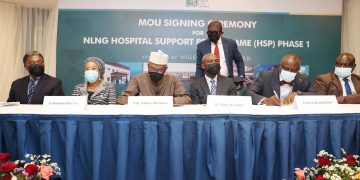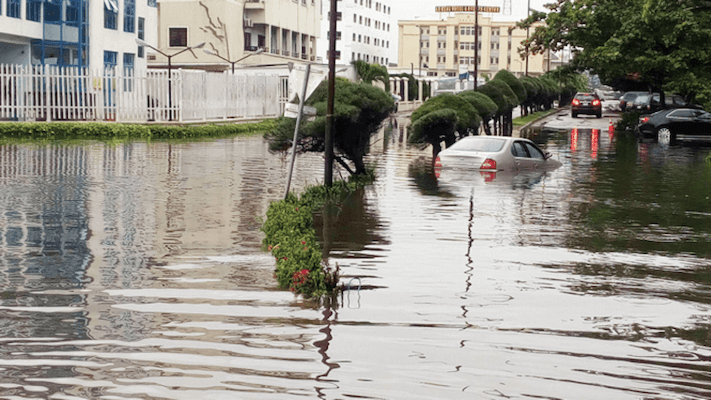With an estimated flood related economic loss worth $9.5 billion in 2012 in Lagos alone, concerns over destruction of assets has again come to the front burner as the rain season approaches. The peak periods for heavy rain rainfall is between April and October. The trend, begun since 2000, have continued to worsen till date. One major factor attributed to heavy rains and flooding is climate change.
Whereas 2011 floods resulted in $200 million of damage, 2012 heavy rainfall affected 7.7 million people. “Since 2000, the frequency, magnitude and spatial extent of flooding generated by rains and storm surges has increased in the city”, noted a special report on Lagos.
However, there are data gaps – particularly around small floods – due to poor flood monitoring and tracking; as such, the full extent of flood events is unknown. Consequently, appropriate modelling, pricing and specific insurance product solution is unavailable.
“Managing the water ‘megacity’—Flood risk and resilience in Lagos” is a report by fsdafrica and UKaid agency for Foreign, Commonwealth and Development Office. It seeks to bridge the knowledge gap and assess the readiness of Nigeria’s economic hub’s preparedness to wager the incessant flood cases.
Although the report commended Lagos State government for establishing in 2019 a Lagos State Resilience Office and other remedies applied since a decade now, the investment agencies still see far-fetched the resilience of Lagos against flooding.
“The Lagos State Resilience Office (LASRO) was launched as a partnership between the State Government and the Rockefeller Foundation via the 100 Resilient Cities (100RC) programme. LASRO is a multidisciplinary unit tasked with developing a City Resilience Strategy as a requisite framework to strengthen the capacity of stakeholders within the State to survive, adapt and grow in the face of all forms of chronic stresses and acute shocks”, noted the report.
However, it regretted that “despite the public sector-led investments in physical infrastructure and institutional capacity building” undertaken so far, “Lagos remains inadequately prepared to manage or finance urban flood risk.”
Implicated in this state of affairs are, “limited coordination, lack of technical skills and expertise, and inadequate data and models.” The inability to design a flood risk transfer mechanism primarily is tied to the exclusion of business, financial sectors, and risk finance players.
Furthermore, “sustained joint action between government, climate experts, development partners, NGOs and the private sector to address the growing scale of urban flood risk in Lagos has also been absent”.
To significantly impact the current huge losses and roll back the destruction of many assets and displacement of people, the report advocates bringing on board insurance experts to the Nigerian Disaster Management Framework.
“Currently, insurance underwriters are not specifically included in the NDMF, despite the clear value addition they can bring in terms of expert risk assessment and in the prevention, preparedness and mitigation, and recovery phases of flood risk management,” it stated






